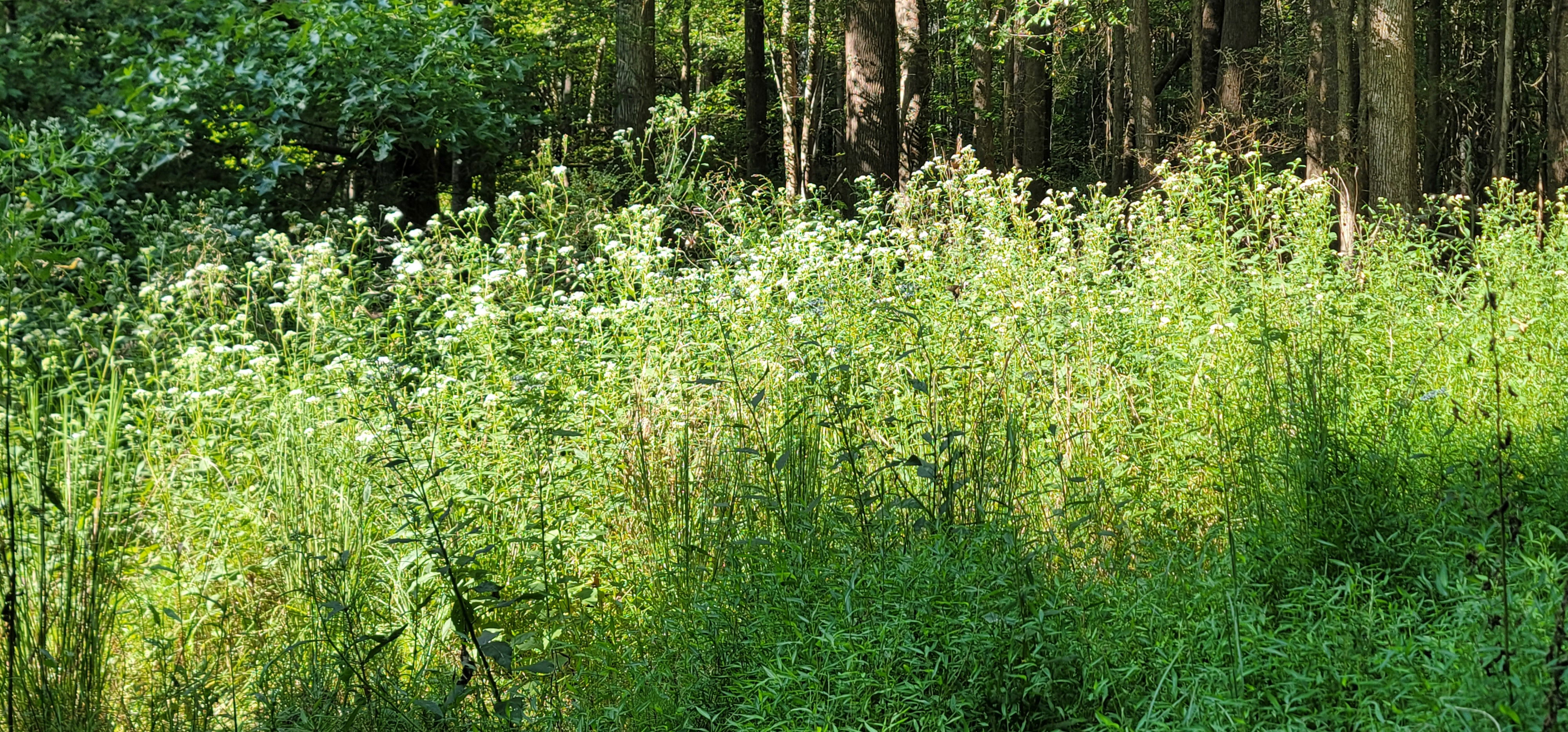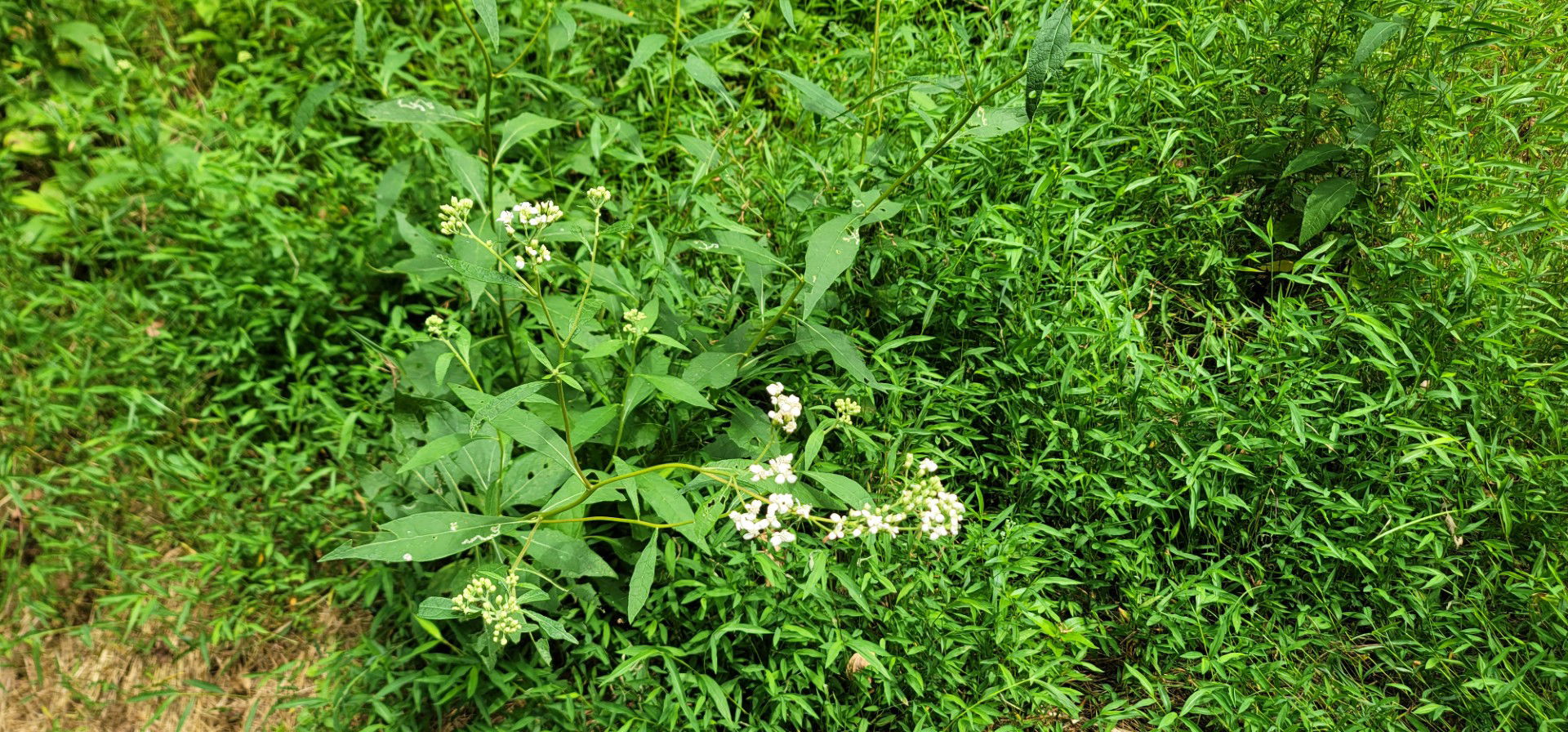Pollinator gardens play a vital role in supporting biodiversity and promoting ecological balance. In the blog post 'A Different Perspective on Pollinator Gardens,' the author explores alternative viewpoints on how aesthetics, functionality, and plant diversity can harmoniously coexist to foster habitats for pollinators. By creating a space that is not only beautiful but also environmentally impactful, readers can gain insights into designing gardens that benefit wildlife and promote sustainability. This article invites you to think creatively about gardening practices and their larger ecological significance.
When designing pollinator gardens, the standard approach is often formulaic: select a palette of bee-loving flowers or butterfly-friendly plants from the nursery, install them, and call the space complete.

It’s a tidy process, but perhaps too tidy. In practice, bees, butterflies, and other pollinators don’t just seek out the plants we curate for them. They are drawn to broader conditions — open sun, patches of warmth, and even plants we might dismiss as weeds.

Many of these valuable species never appear on nursery lists, yet they quietly sustain pollinator populations in ways our planned gardens sometimes overlook.
This raises an important question: should a pollinator garden be viewed less as a finished design and more as a living environment that evolves in response to its context?
By allowing for spontaneous growth, varied light conditions, and even naturalized plants, we might achieve spaces that are more authentic, resilient, and welcoming to pollinators. Perhaps the real beauty of a pollinator garden lies not only in the plants we choose, but in the flexibility to let nature choose as well.